#qing dynasty fashion
Text
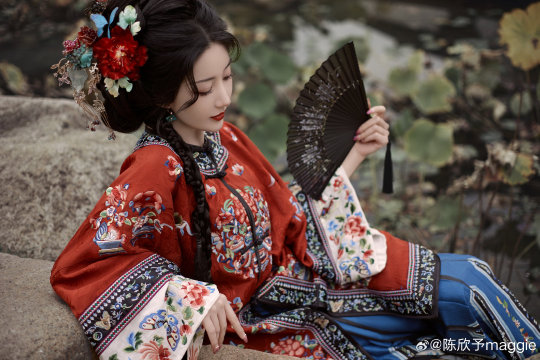
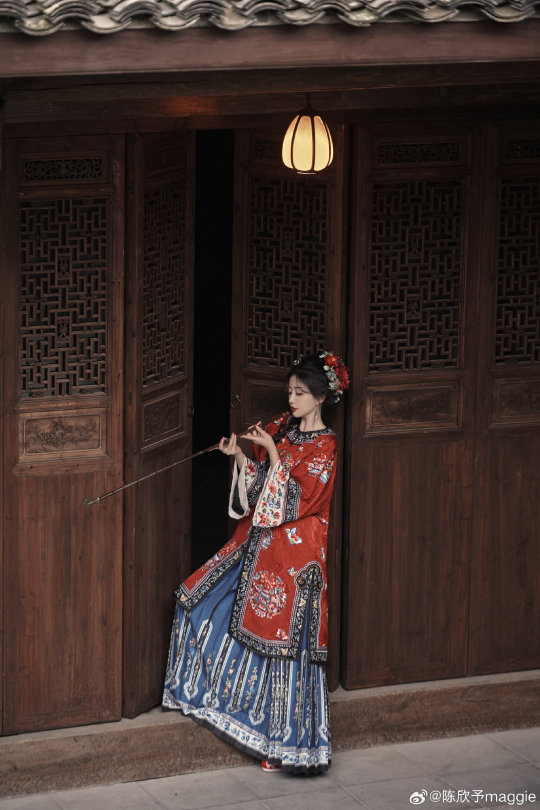
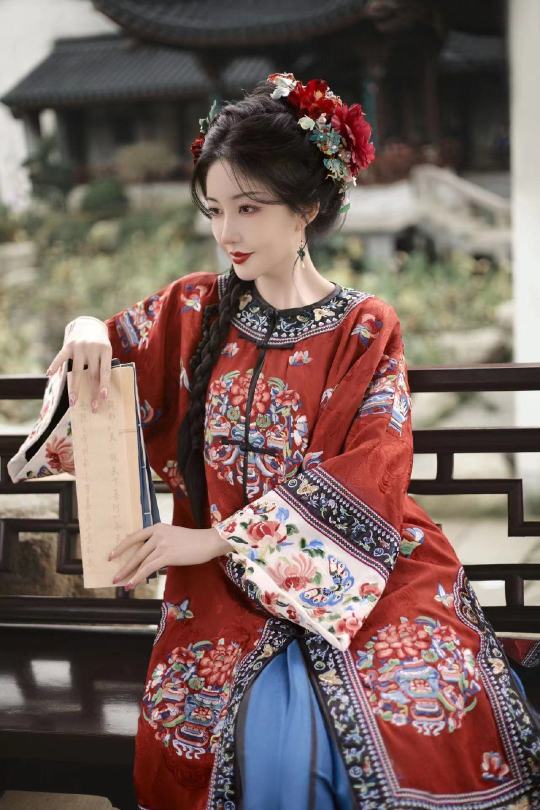

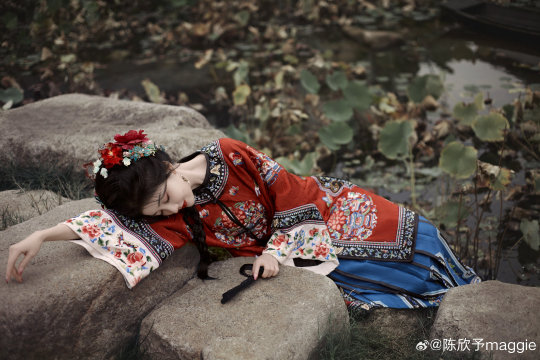

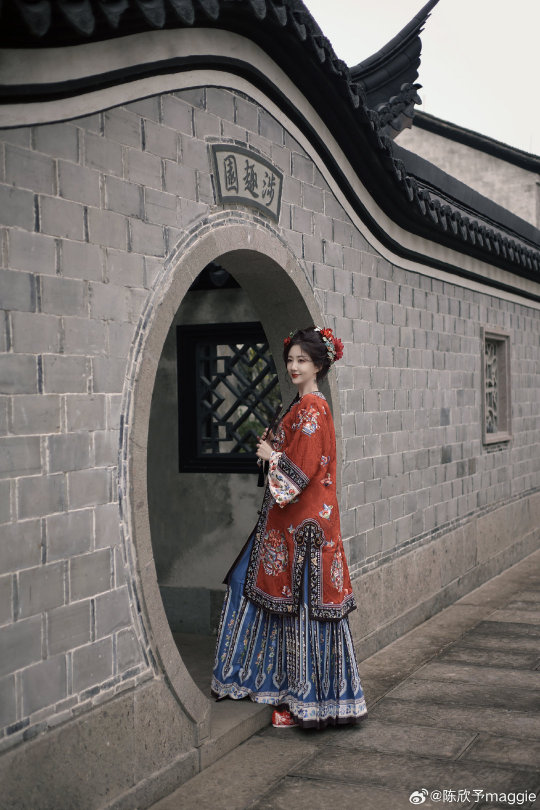


Chén XinYû 陳欣予
Wb update 2023.11.08
#chinese actresses#qing dynasty fashion#princess silver#the legendary life of queen lau#back from the brink#lost you forever#the longest promise#little mad doctor#my charming villainous emperor#my roommate is a detective#cdrama#chen xinyu#huafu
100 notes
·
View notes
Photo
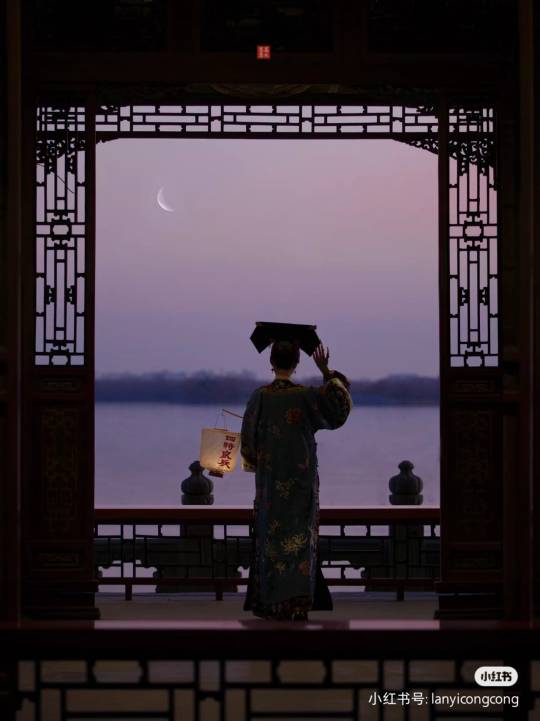
A contemplative Qing dynasty lady watches the crescent moon while holding a lantern in the lilac dusk over the lake.
Source: Frank Wang via the Sinosphere Facebook group
#chinese culture#chinese aesthetic#qing dynasty#lady#lantern#chinese architecture#window#balcony#qing dynasty fashion#chinese clothing#chinese hairstyle#purple#purple and black#crescent moon#photography#artistic#contemplative#women in art
16 notes
·
View notes
Text

Buckle. Chinese origin, dated mid to late Qing Dynasty era (about 1700–1911). Medium is abraded jade with pink and yellow tourmaline. Dimensions: 3.81 x 11.11 x 2.22 cm. From the Chinese Art collection at the Los Angeles County Museum of Art, object number: M.2001.179.26
(Source: collections.lacma.org)
#buckle#clasp#jewelry#fashion#18th century#19th century#qing dynasty#chinese design#stone#jade#tourmaline#pink#yellow
579 notes
·
View notes
Text

Drawn while procrastinating on finals ✌️
#anthro#fanart#kung fu panda#furry art#dreamworks#digital illustration#furry#tigress#hanfu fashion#qing dynasty
198 notes
·
View notes
Text

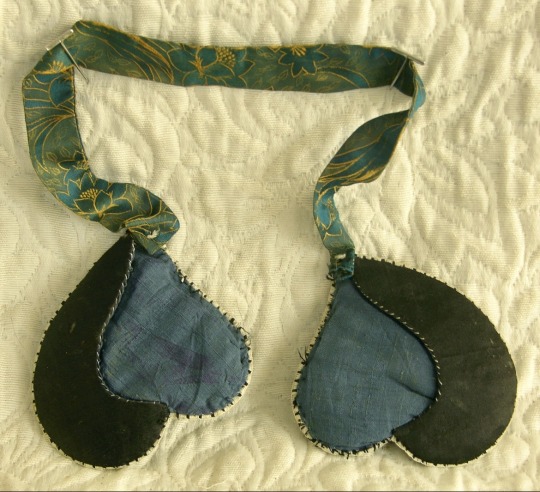
461 notes
·
View notes
Text
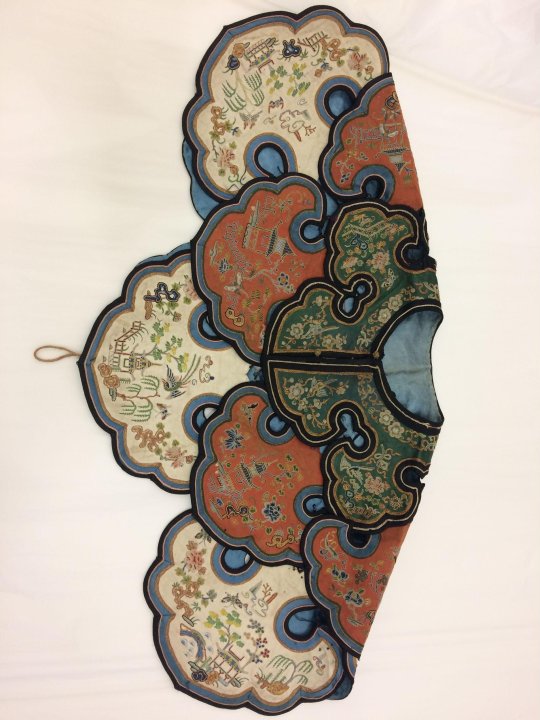
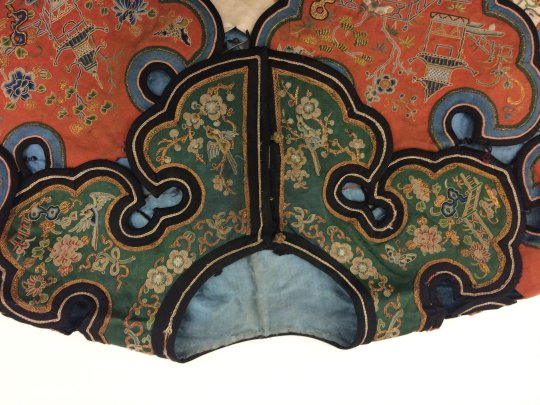

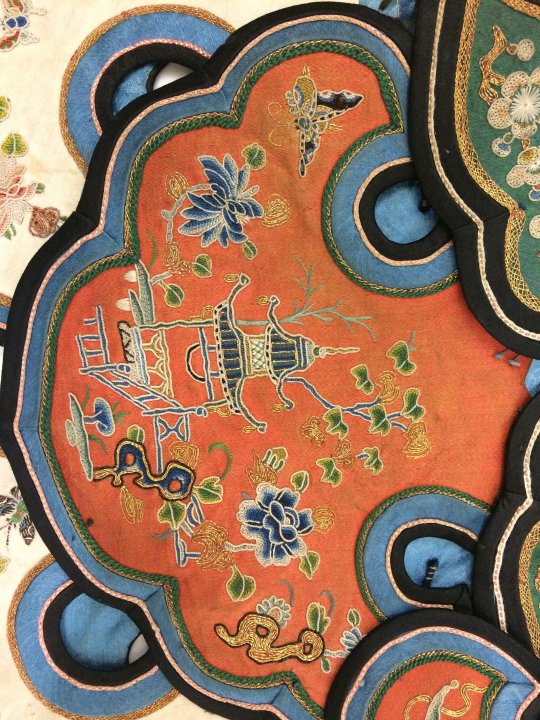


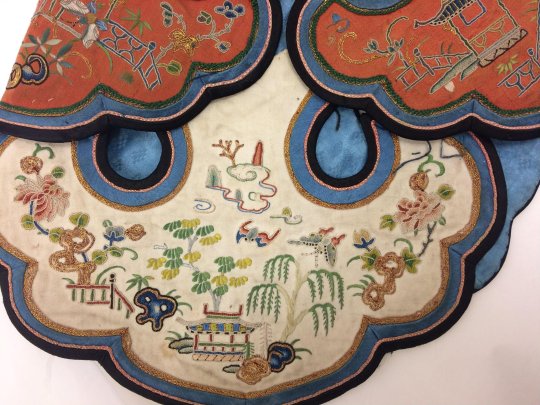

women's silk satin cloud collar in three tiers, embroidered with garden vignettes in seed stitch, satin stitch, and gold couching, and lined in blue silk. 19th century.
#china#qing dynasty#late qing dynasty#textile history#fashion#(i suppose)#museum trawling#image source: the victoria and albert museum
275 notes
·
View notes
Photo



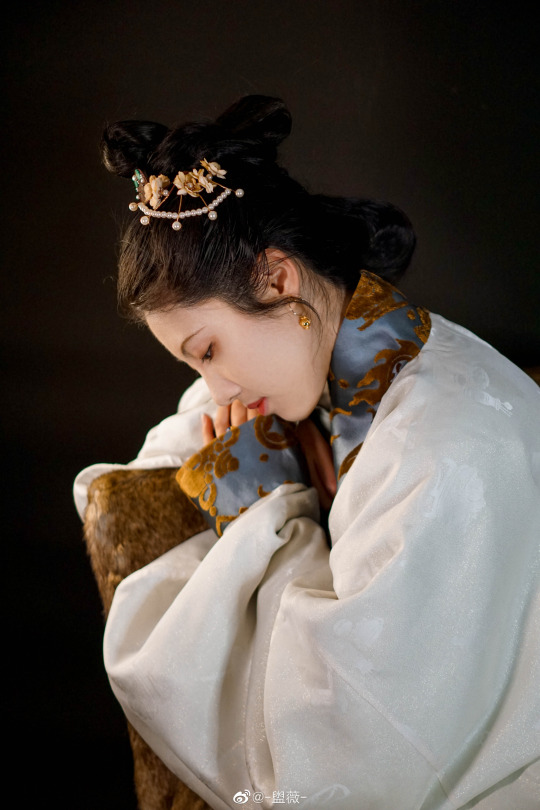

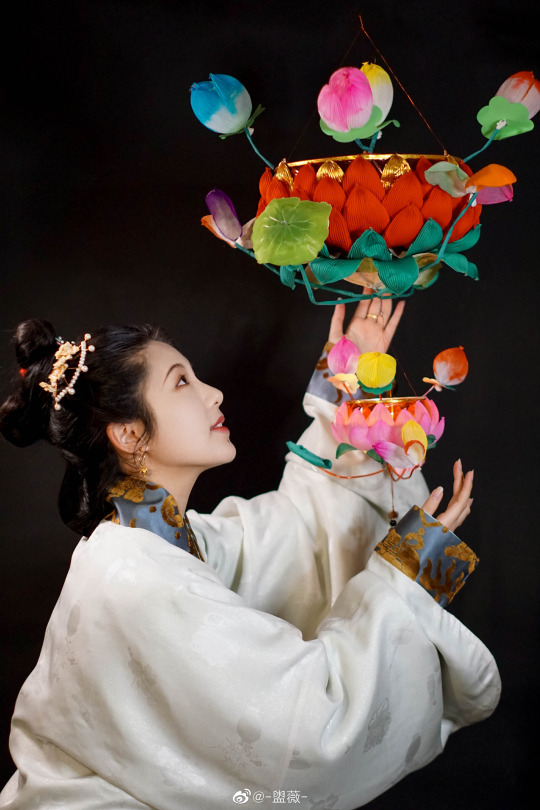
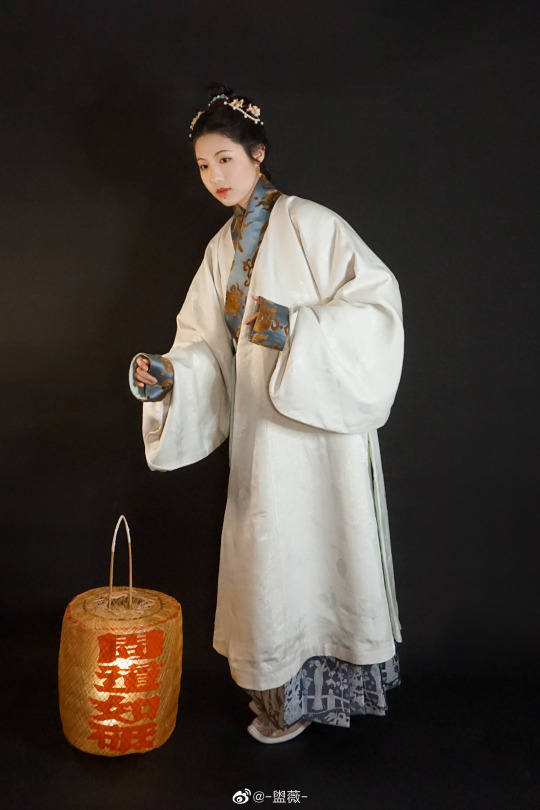

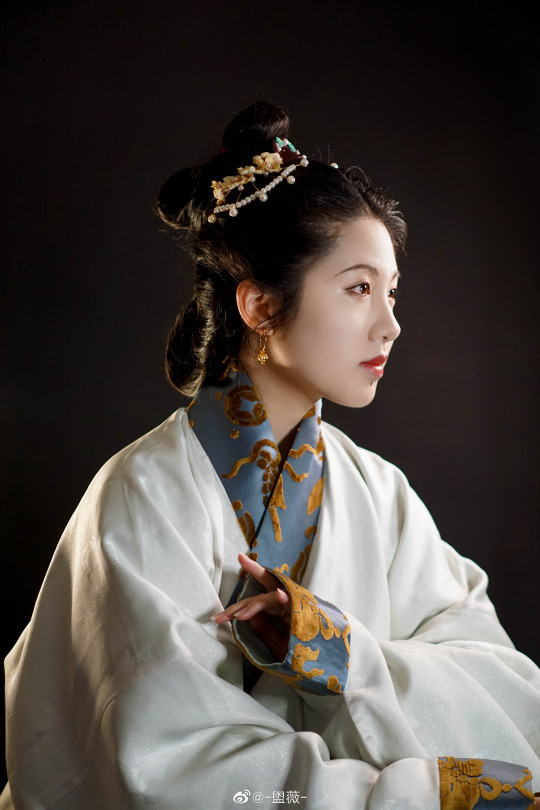
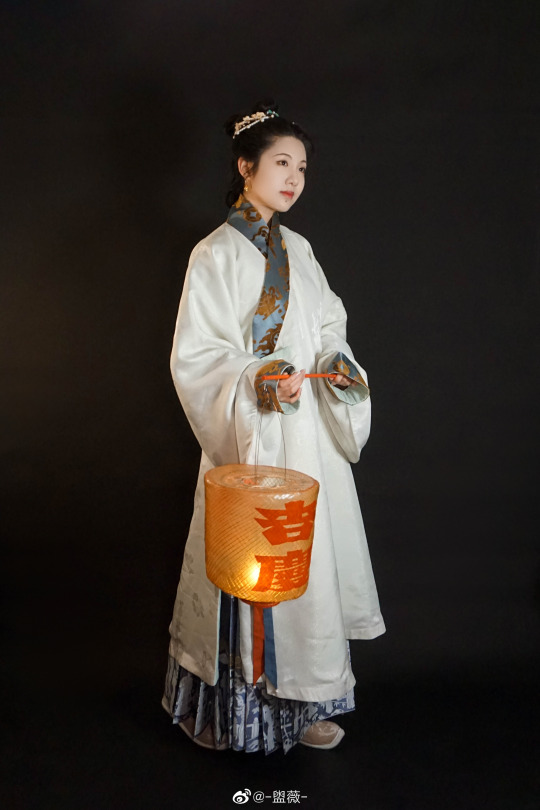
[Hanfu · 汉服]Chinese Ming Dynasty Wanli period (1573–1620 AD) Traditional Clothing Hanfu & Hairstyle Based On Ming Wanli period woodblock print painting
_______
Recreation Work:@-盥薇-
👗 Hanfu,Purse:@YUNJIN云今
🔗微博:https://weibo.com/3942003133/MrAxG2Q0q
_______
【About the Hairstyle 鬃髻(Zōng jì)】
The 鬃髻(Zōng jì) is one of the traditional Han ethnic woman hairstyles. It lasted from the Ming Dynasty to the end of the Qing Dynasty, and it still exists among Hakka(客家) elderly women.
We can see this hairstyle in the painting "《李端端图》" by Tang Yin(唐寅), a painter of the Ming Dynasty.Collection of Nanjing Museum
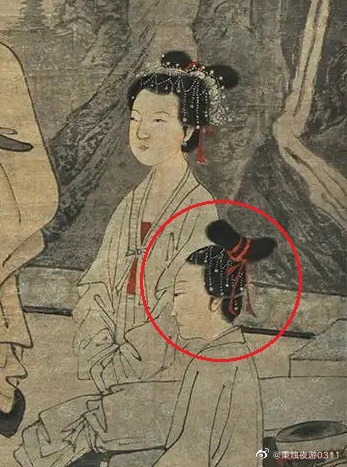
The 鬃髻(Zōng jì) can be matched with other hairstyles,like below:
Peony Head (牡丹头)+鬃髻(Zōng jì),
Ming Dynasty Green-glazed female pottery figurines,Collection of Guangdong Museum
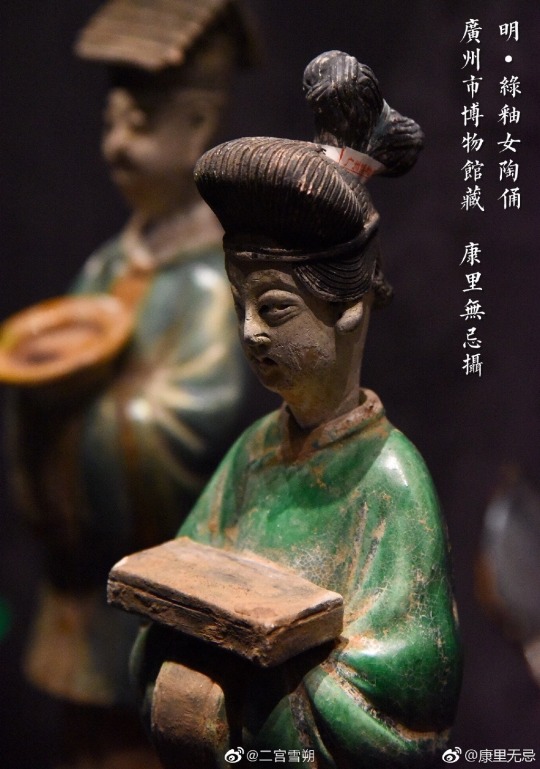
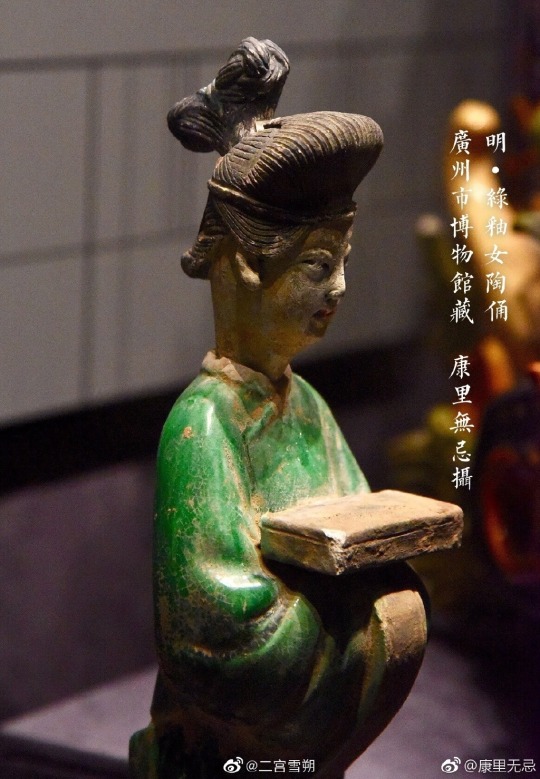
Ming Dynasty Colored Sculpture of Jellyfish Building in Jinci Temple/晋祠水母楼明代彩塑
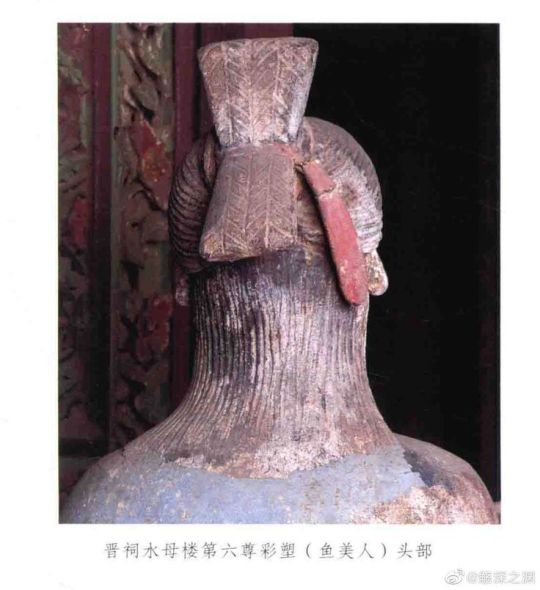
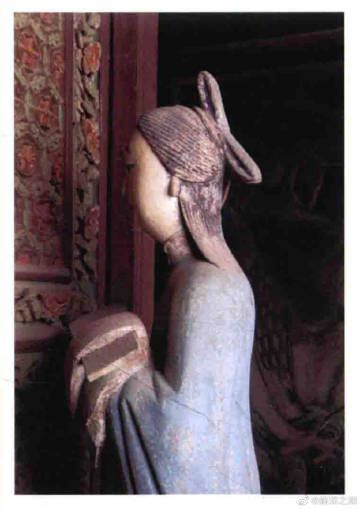
Qing Dynasty 鬃髻(Zōng jì),Qing Dynasty figurines
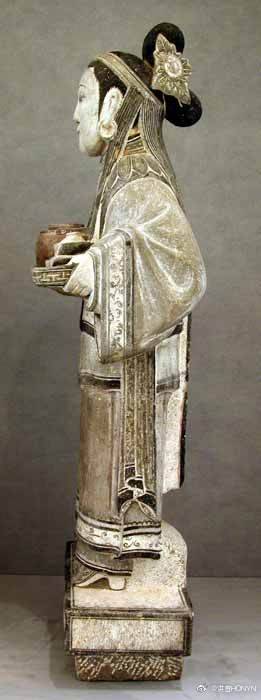
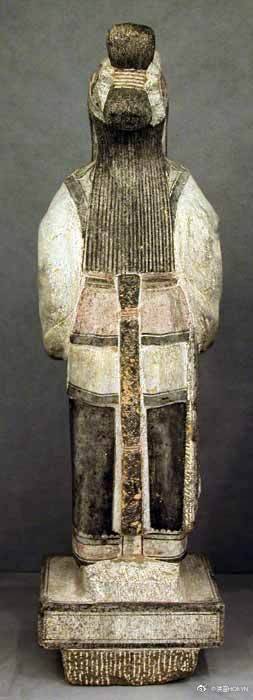
The Hakka(客家) ’s 鬃髻(Zōng jì) is divided into: 三把头(Sān bǎtóu) and 两把头 Liǎng bǎtóu)
For the most typical 三把头(Sān bǎtóu) , it divides the hair into three layers: upper, middle and lower. The part of the hair from the front of the forehead to the top of the head is called "门股(Mén gǔ)", and 门股 is divided into three parts: left, middle and right.Generally, some wigs are placed on the hair or combed the hair in reverse way to make it look fluffy.So from the front, it will have a very “full” effect of hair.
The 三把头(Sān bǎtóu) with 鬃髻(Zōng jì) of Hakka women in old photos
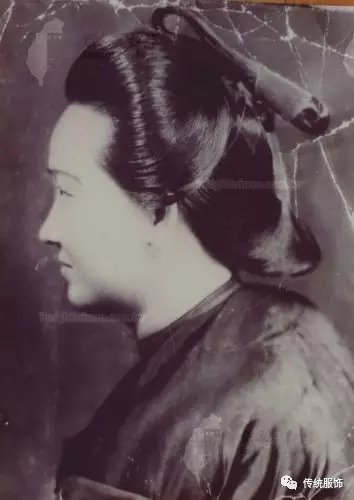

The part below the 三把头 (Sān bǎtóu) is generally called "髻尾". The upper, middle and lower parts of the hair will eventually tied together.
↓Schematic diagram in the book "Discussion on Liudui Hakka Traditional Clothing《六堆客家传统衣饰的探讨》"
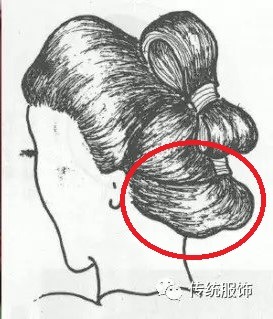
Hakka(客家) ’s 鬃髻(Zōng jì) :两把头 (Liǎng bǎtóu)
The :两把头 Liǎng bǎtóu) is the 三把头 (Sān bǎtóu) that simplifies the part of the "髻尾(The lower part)" , and divides the hair into two part,which is "门股(Mén gǔ)" and the "髻尾(The lower part).
※Some information says that 两把头 (Liǎng bǎtóu) are unmarried woman hairstyle and 三把头 (Sān bǎtóu) are married woman hairstyle, but this is not the case when looking at the photos

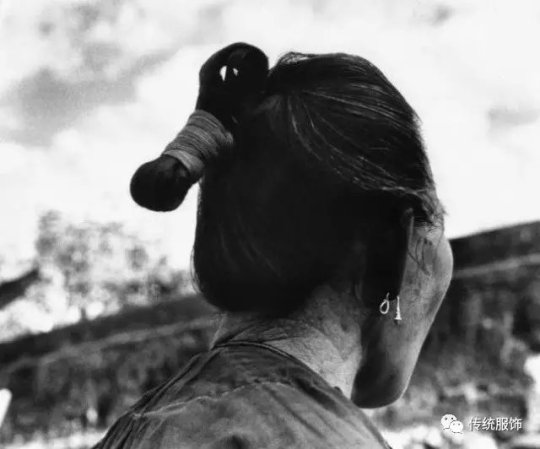

Lastly,Twho are familiar with Japanese culture may notice that above hairstyles are look similar to some hairstyles in Japan call 島田髷.But the method of divide the hair into sections, the way that make the sideburns and the shape after tied the hair together make it to a difference effect from china.
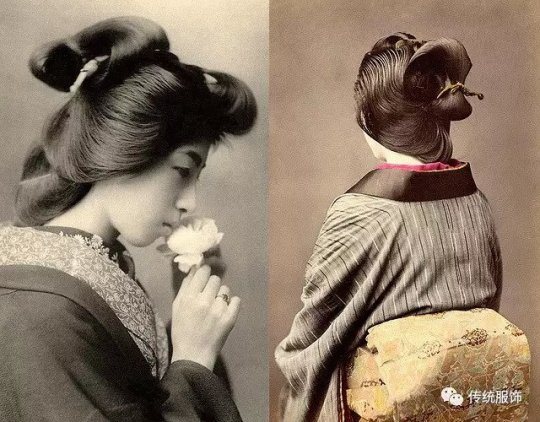
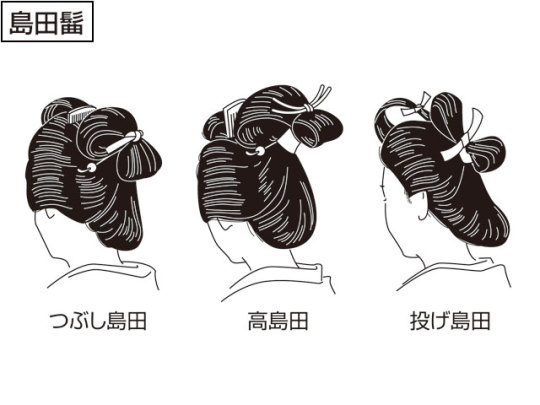
According 日本大百科全書(ニッポニカ),Japan's 島田髷 hairstyle is beginning from the 16th century of Edo period, while the China is also on late Ming period(※usually refers to from the beginning of Wanli (1573) to the end of Chongzhen (1644)).
Not sure if there is a connection between the japan and china. I will update if there is more information.
(Please correct me if I'm wrong🙏)
#Chinese Hanfu#Ming Dynasty#Wanli period (1573–1620 AD)#hanfu#Ming Wanli period woodblock print painting#hanfu history#chinese historical fashion#chinese historical hairstyle#chinese history#chinese traditional clothing#鬃髻(Zōng jì)#两把头 (Liǎng bǎtóu)#三把头 (Sān bǎtóu)#China#Japan#島田髷#Hakka(客家)#Qing Dynasty#recreation#chinese art#-盥薇-#YUNJIN云今#Peony Head (牡丹头)
221 notes
·
View notes
Text
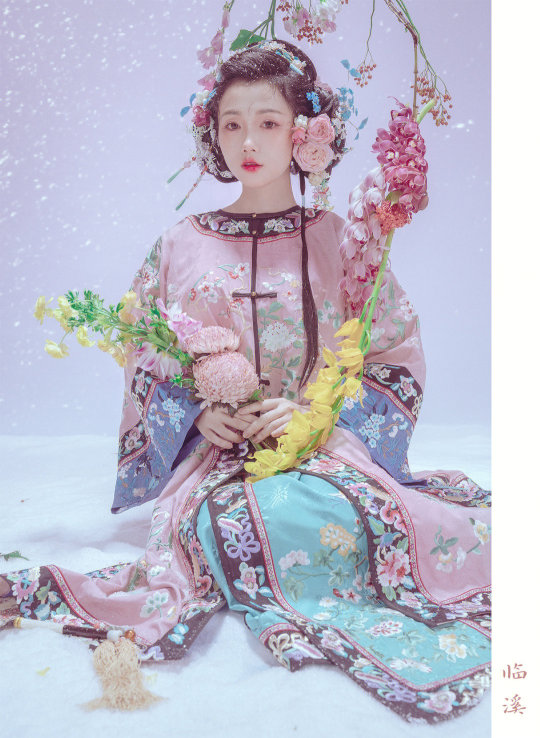
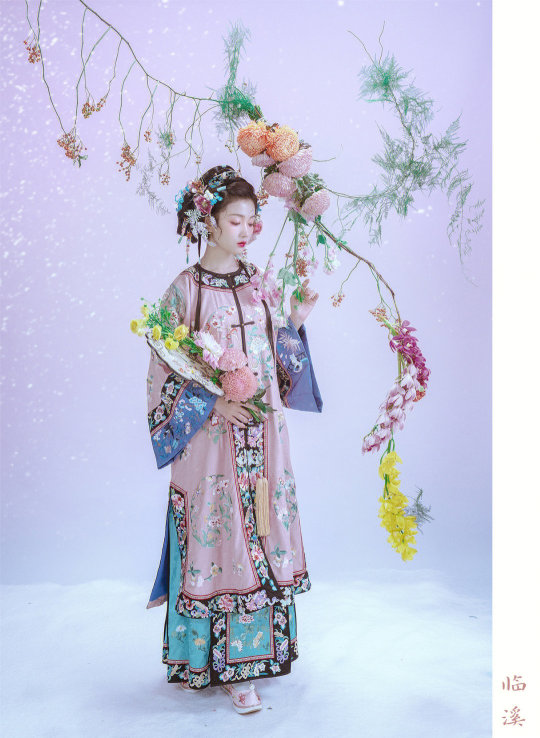
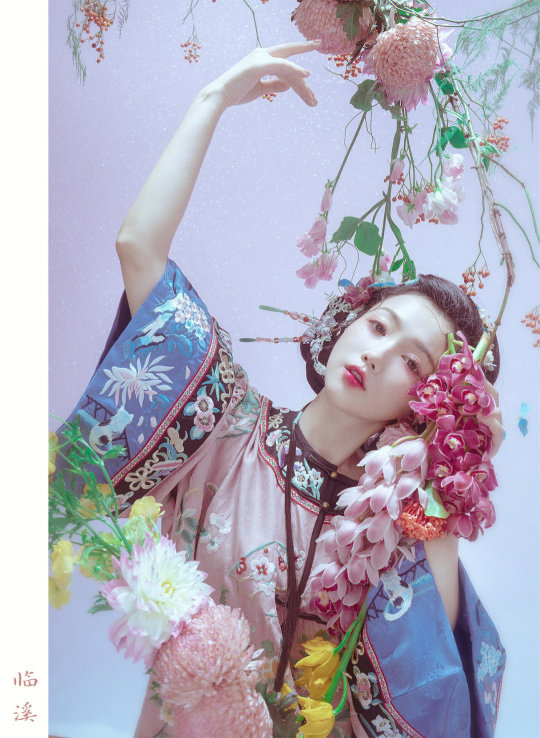



Creative Qing Dynasty Costume Photography
From Lin Xi Photography Studio
282 notes
·
View notes
Photo


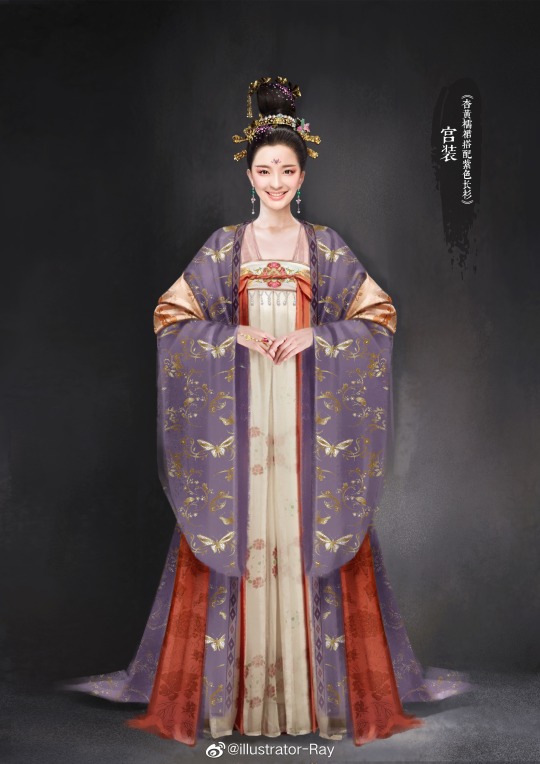


𝒟𝓎𝓃𝒶𝓈𝓉𝒾𝑒𝓈: 𝒮𝑜𝓃𝑔, 𝒯𝒶𝓃𝑔 𝒶𝓃𝒹 𝒬𝒾𝓃𝑔.
𝐵𝓎: illustrator-Ray
285 notes
·
View notes
Photo
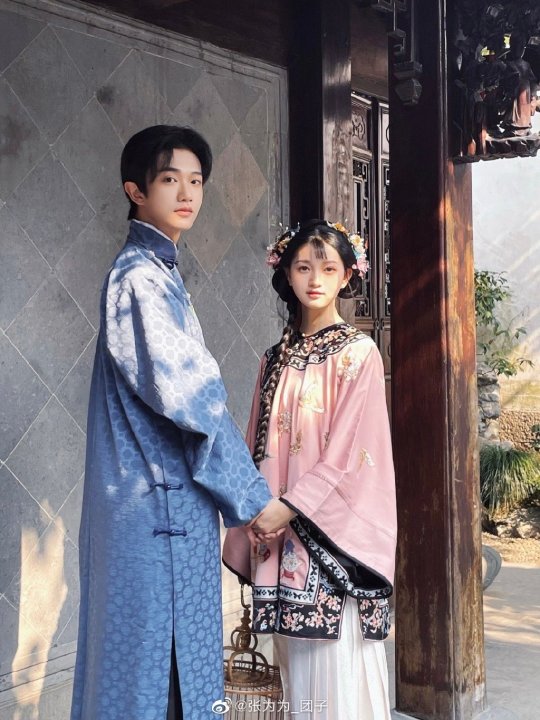

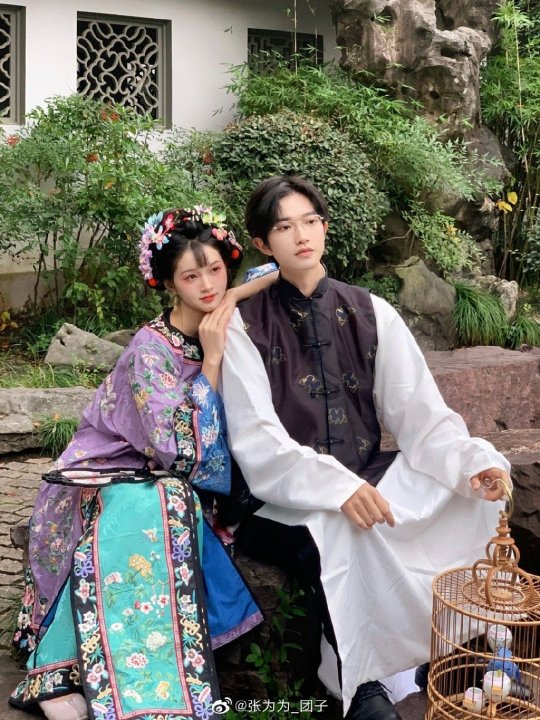

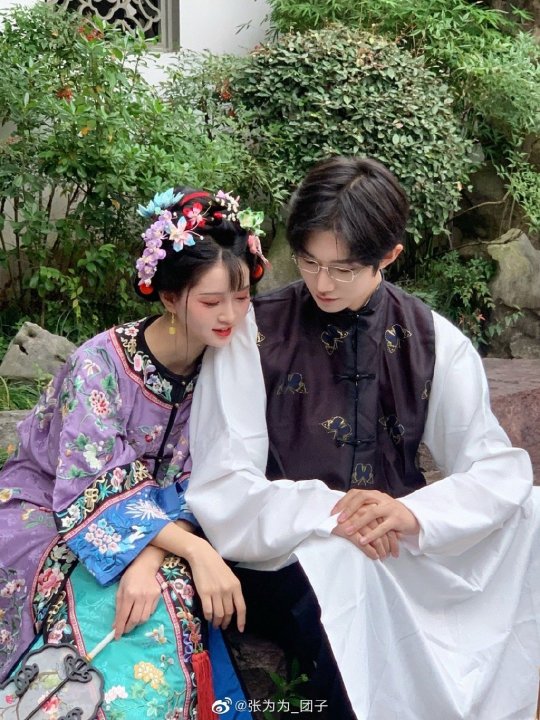


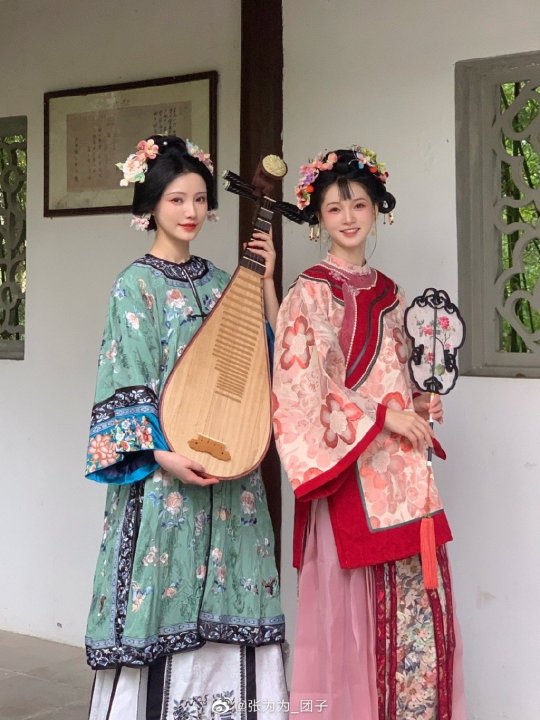


chinese fashion in qing dynasty by 张为为_团子
365 notes
·
View notes
Photo

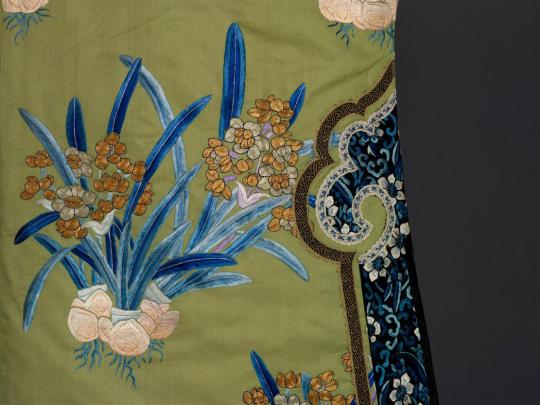
Spring Robe, said to have belonged to Empress Dowager Cixi
1880-1905 (Qing Dynasty)
China
Royal Ontario Museum (Object number: 919.6.121)
#robe#non western fashion#1880s#1890s#1900s#qing dynasty#fashion history#historical fashion#cixi#empress cixi#19th century#green#blue#silk#china#chinese fashion#royal ontario museum#if i had a nickel for every item said to be owned by cixi#i'd have a lot of nickles tbh
528 notes
·
View notes
Text
Abridged History of Qing Dynasty Han Women’s Fashion (part 5: Late Qianlong & Jiaqing eras)

(artwork from 1782)
Previous posts:
Late Ming & Shunzhi era
Kangxi era
Late Kangxi & Yongzheng eras
Qianlong era
The last two decades of the Qianlong era, the 1780s and 90s, formed one aesthetic continuity with the reign of Qianlong’s successor Jiaqing (1796-1820). This period was characterized by a turn to extreme formal simplicity and what I believe to be a revival of the tastes of the Ming-Qing transition.
We see sleeves of women’s robes, tight fitting and short to create a practical look in the previous era, become wider and longer. The folded cuff design was retained, though now more difficult to manage as the sleeves became wider. In the last post I discussed how the construction of dajin similar to Manchu men’s fashion became en vogue among Han women and replaced the earlier center front closing robes----this remained the same. We see some of the first instances of binding strips being used around the collar and the dajin, which would become a highly popular and elaborate craft later in the 19th century. Around this time, the binding strips used were usually thin and minimal, commonly of a black color. Plain cloth or bead tip buttons were popularized earlier in the Qianlong era, and metal clasp buttons (zimukou) became increasingly rare. The shape of the standing collar remained the same as that of previous centuries, soft, unstiffened and tall.
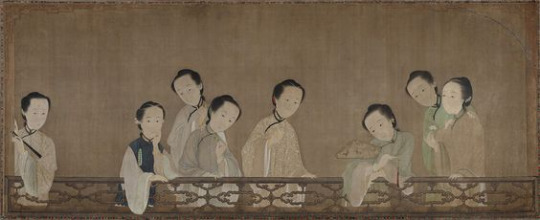
Artwork from 1796 showing a group of courtesans. You can see the black binding on some of their robes. A note about the dating of this artwork: while it’s quite a common reference image for Jiaqing era fashion, I wasn’t able to find an exact date until I read about it in the book Pictures for Pleasure and Use by James Cahill (spectacular book discussing the importance of vernacular and commercial art, highly recommend) and he said the date of creation was signed in the cyclical calendar and corresponds to either 1736 or 1796. He was inclined to 1736 because of “similar face shapes” or something to Yongzheng era artworks, but since he wasn’t a fashion historian he probably wasn’t aware that the fashions depicted here would not have been possible before the 1780s, so I think 1796 is instead the correct date.
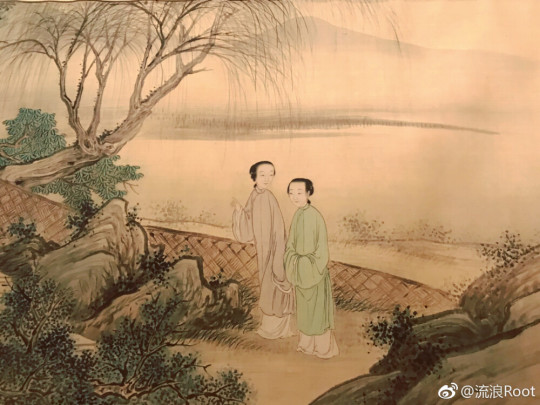
Late Qianlong/early Jiaqing era artwork, showing two austerely (and fashionably) dressed women.
The more radical departure from the previous era, however, was the complete eradication of ornament. Robes and skirts of this era were often entirely plain, with no brocaded patterns or embroidery of any kind. Gone were the roundel patterns, quatrefoil motifs on collar facings and decorative strips around skirts----only solid color blocks remained. Pastel colors like light pink, blue and green were among the most popular for robes besides bright blue and red, whereas skirts were white or black.

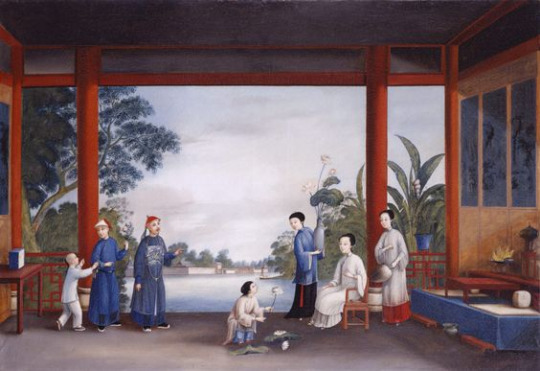
Late Qianlong/early Jiaqing era paintings of the Anglo-Chinese school showing the new style of plain garments.

Artwork from the era showing a woman in a light mustard robe with dusty pink cuffs, white skirt and red sash (sashes were still commonly worn).
The other significant changes happened in hairstyling. The 1780s did away with the iconic tall knots of the earlier Qianlong era, instead moving the mass and volume of hair toward the back. We see the re-emergence of the swallow tail. The front of the hair could be middle parted or completely pulled back. Flowers and other ornaments could be worn on the sides of the hairdo, behind the ears. The general shape of hairstyles stressed horizontality rather than verticality, as was the case before.
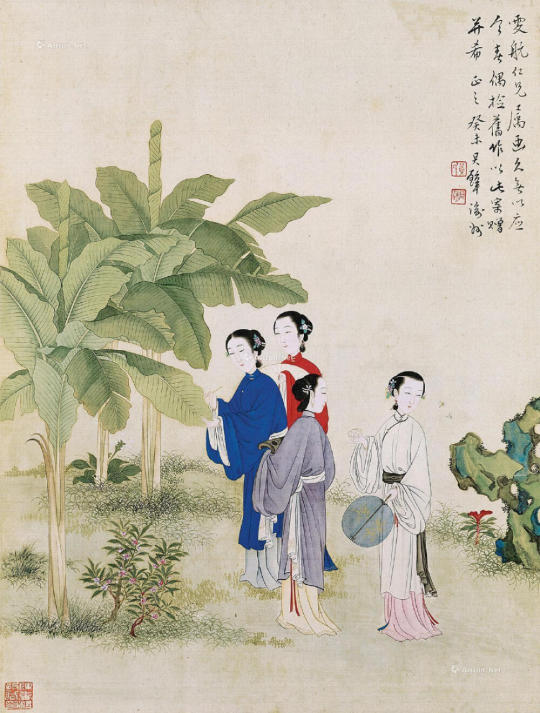
A 1943 copy of a turn of the 19th century original, showing the front and back of hairstyles.

Bust portrait showing the new hairstyle.
A unique hair accessory of the 1780s and 90s was a new iteration of the mo’e, which now had a sharply pointed triangular front and was worn high on the head instead of at the forehead. I think it became less common as the 19th century approached.
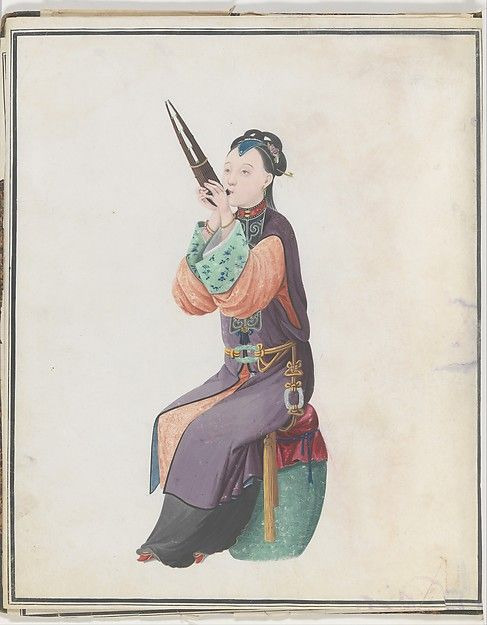
Export artwork showing a woman musician, likely 1770s or 80s as she is still wearing the ornamented, center front closing robes popular in previous decades.
Minimalism was not to last long, however, and soon decorative patterns began to reappear on robes, sleeve cuffs and skirts. Hairstyles began to gain volume and became more puffed, forming a sort of face framing crown. New styles of decorating skirts appeared, with binding going around the qunmen and the edge of each pleat, and embroidery on each individual pleat. The rectangular or circular patterned patch popular prior to the 1780s returned.

Early 19th century export painting at the Brighton Pavilion, maybe 1810s. We can see roundel patterns on the blue robe, embroidery on the cuffs and skirt, and the lady in red wears a pointed mo’e.

Presumably later Jiaqing era artwork, ca. 1810s, showing a group of women. Floral embroidery is present on the sleeve cuffs, the skirts are decorated.
#abridged history of qing dynasty han women's fashion#18th century#19th century#qianlong era#jiaqing era#qing dynasty#chinese fashion#fashion history#regency era
177 notes
·
View notes
Photo
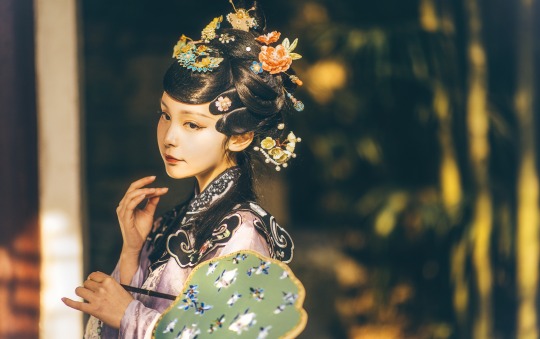

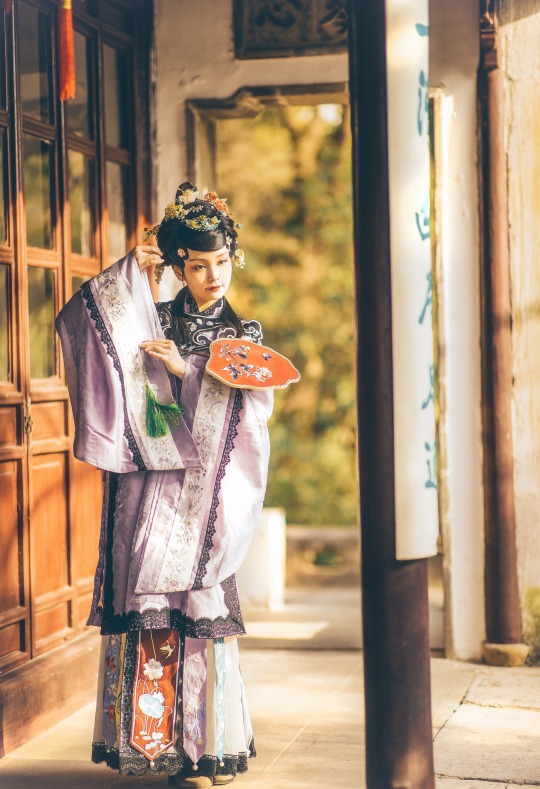

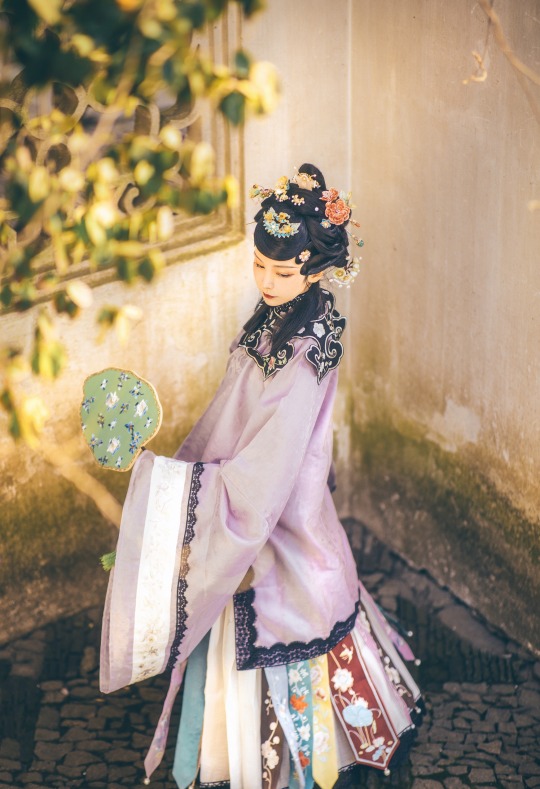
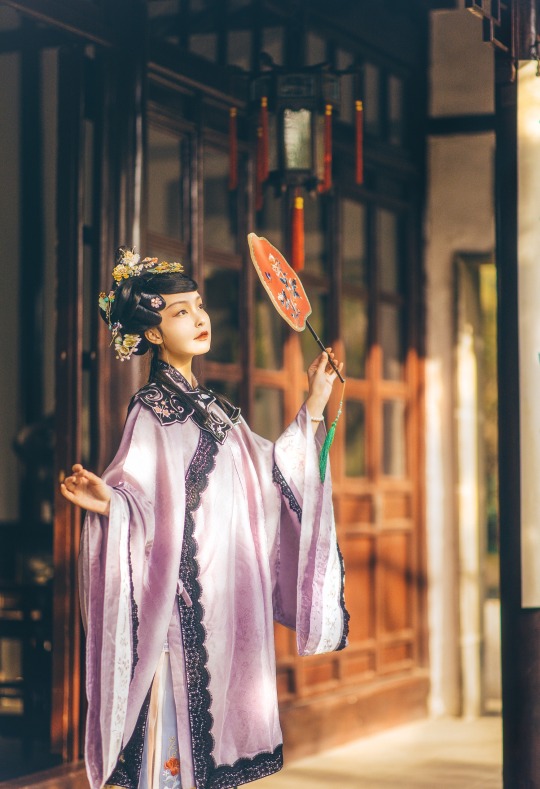

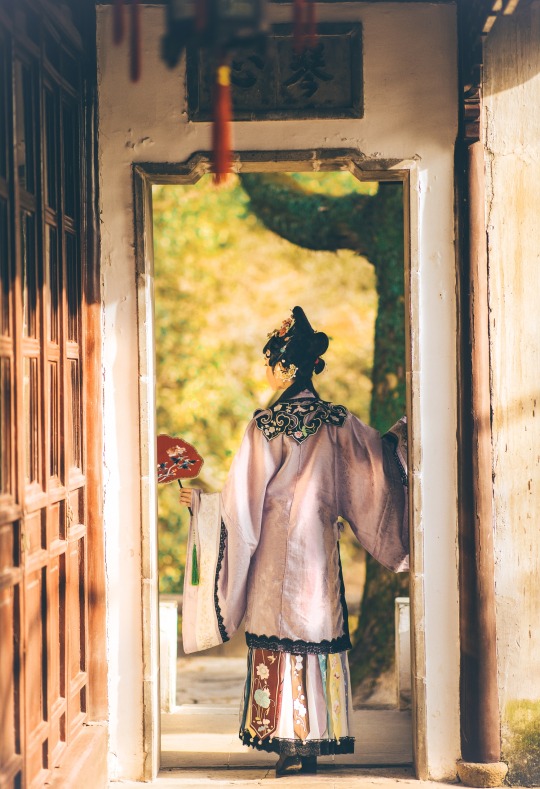

𝒮𝓊𝓃𝓃𝓎𝓊𝒻ℯ𝒾元気姬
#Qing Dynasty#Mamianqun#Qizhuang#Yunjian#Cloud collar#Han women’s clothing of the Qing Dynasty#Manchu Fashion#Chinese Fashion#Fashion
216 notes
·
View notes
Text

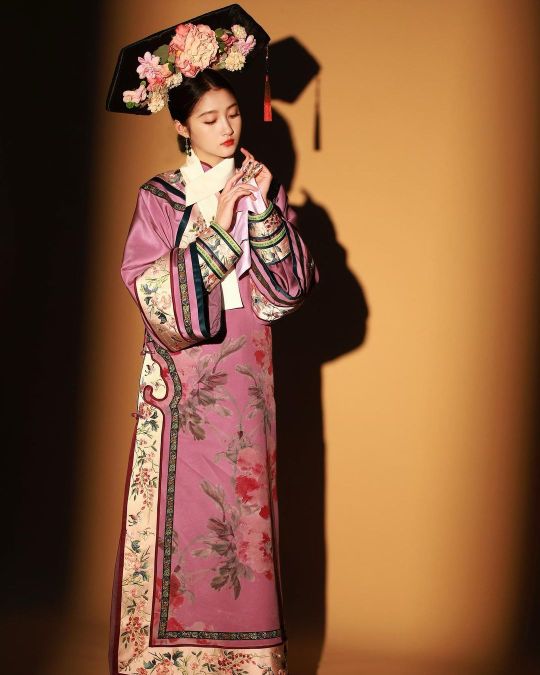
Qing Dynasty Dress
11 notes
·
View notes
Photo
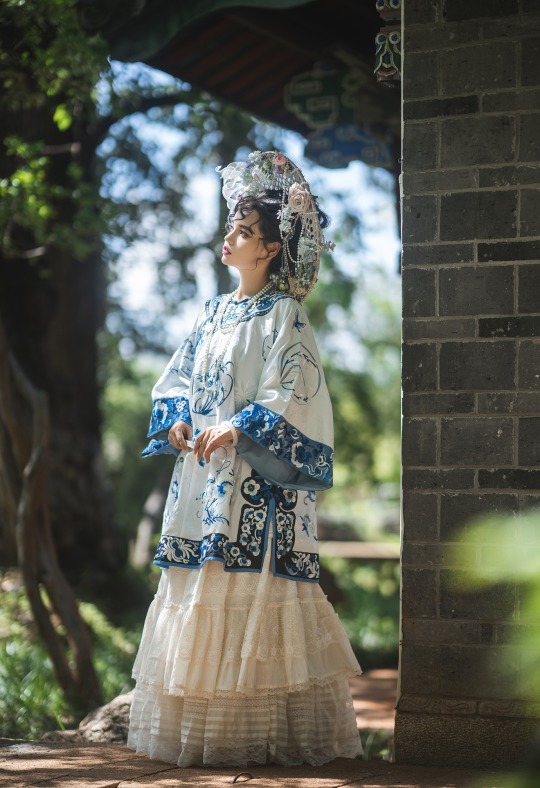




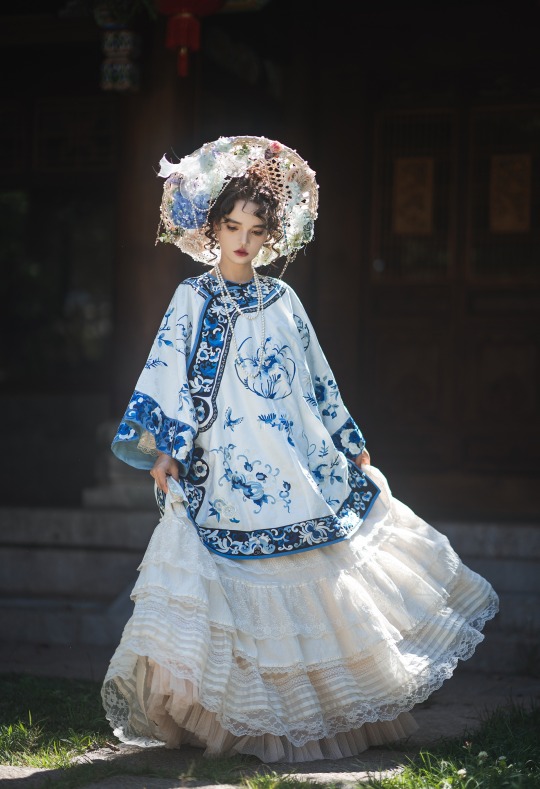
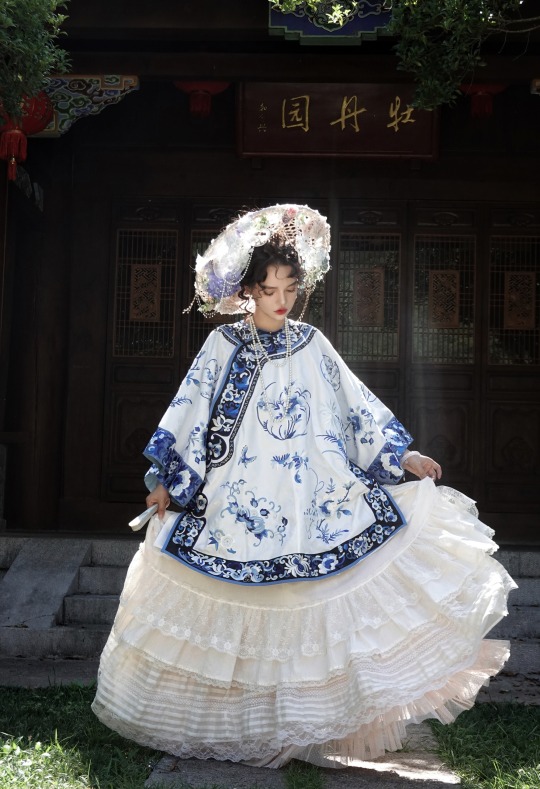

𝒬𝒾𝓏𝒽𝓊𝒶𝓃𝑔/旗装: 花神妙华服
𝑀𝑜𝒹𝑒𝓁: 肉肉馅团子
𝒞𝒶𝓂𝑒𝓇𝒶: 花轮子哥哥
𝑀𝒶𝓀𝑒𝓊𝓅: 蚊𝓌𝓌𝓌桑
150 notes
·
View notes
Text
Hi Producer (正好遇见你) Infodump
Disclaimer: I have no idea about the accuracy of the information shared in the drama, I'm merely transcribing for future reference purposes. Proceed with caution!
.
Ep 9: Jade Carving (Pt. 1)




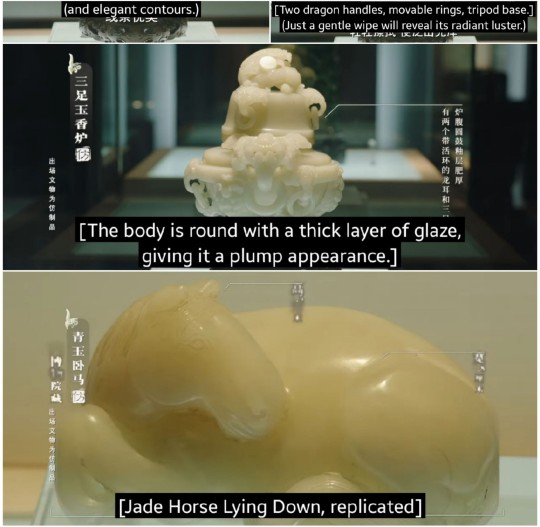


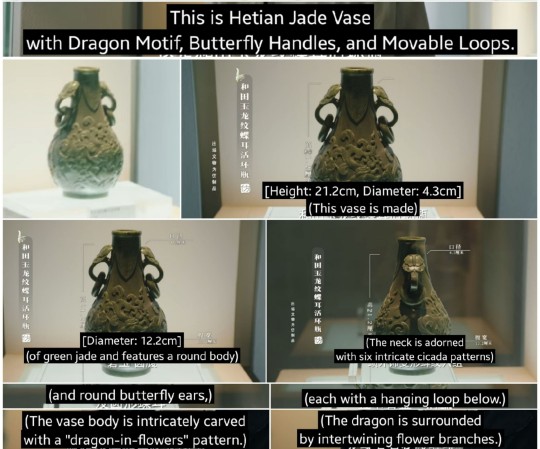
.
More Hi Producer posts
#cdrama#chinese drama#qing dynasty#ming dynasty#正好遇见你#fashion history#chinese history#Hi Producer#jade carving#jade
28 notes
·
View notes